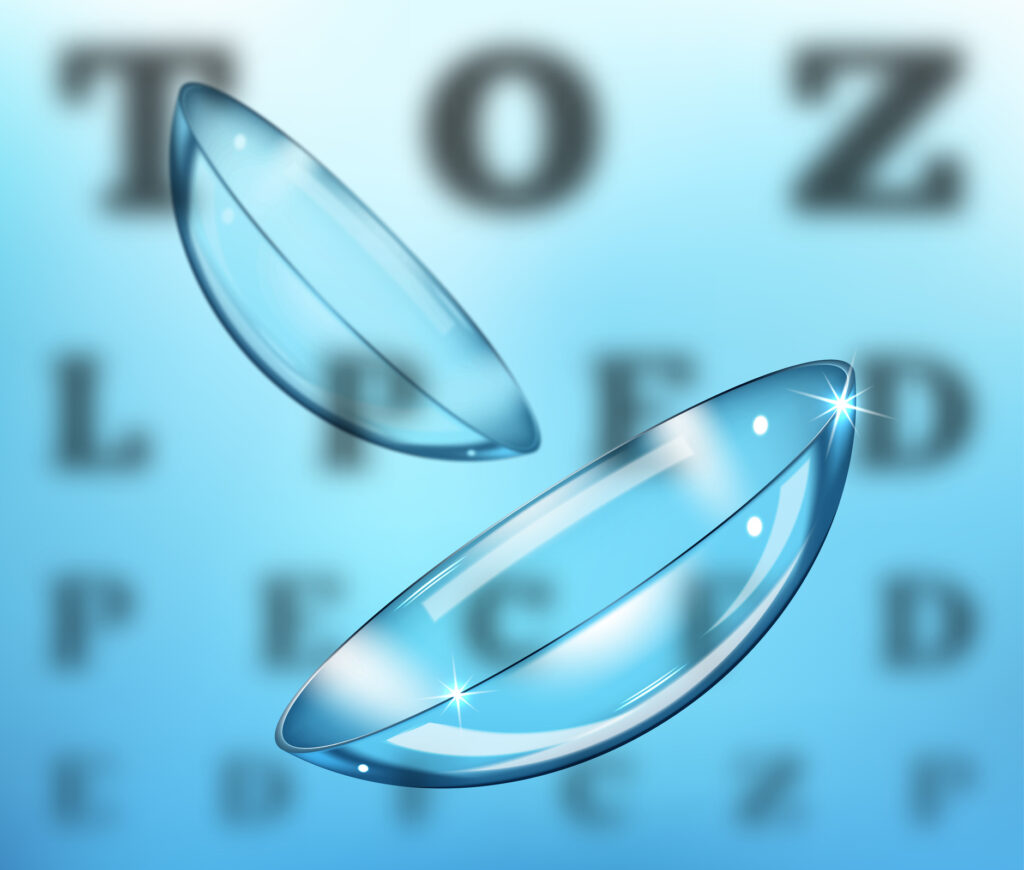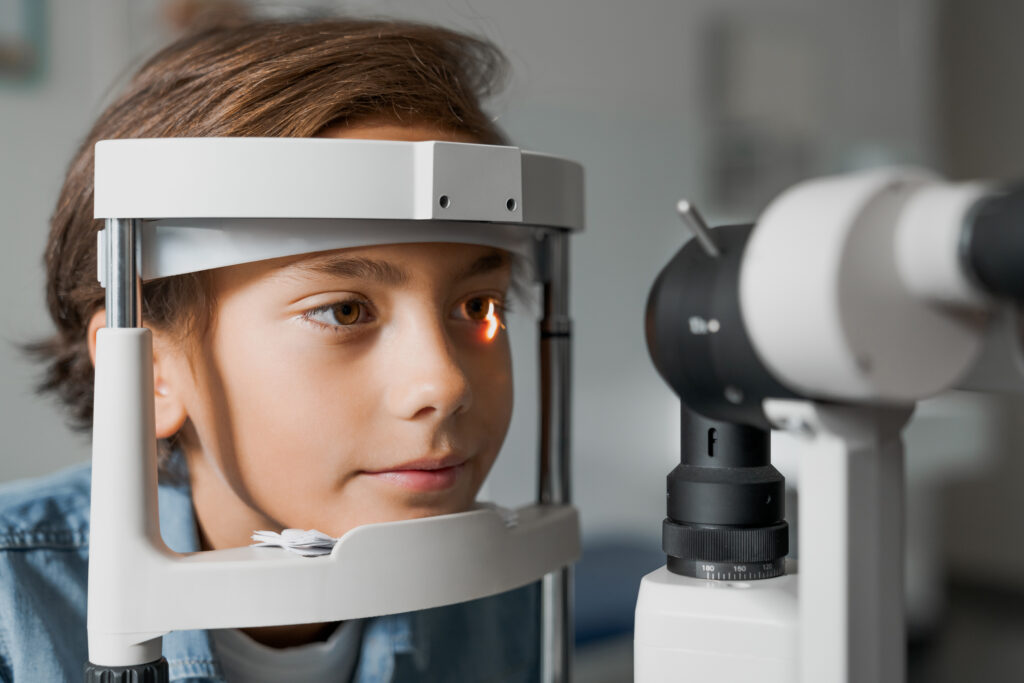Achieving clinical success with orthokeratology requires clinical knowledge to meet the unique set of challenges that each patient presents. In addition, you need a comprehensive set of diagnostic tools and the best lens designs available to address any condition. Finally, you need the expertise and assistance of an excellent lens manufacturer and lab.
Utilize a Fitting Chart
GP Specialists has developed a unique fitting chart that any practitioner can learn to use within minutes. We have used the chart in our practice for the past year, and the chart is practically foolproof. The chart tells the practitioner the ideal lens to order from GP Specialists. In our practice, we find that the chart works 85% of the time with the first lenses ordered for our patients.
I recommend this fitting chart for the novice practitioner who wishes to begin incorporating OrthoK lens fitting in their practice.
Use the Right Tools
A practitioner with limited funds can get started with OrthoK with a good autorefractor, keratometer, fitting chart, and fluorescein strips.
A corneal topographer will come in handy to allow the practitioner to see what changes are taking place on the cornea. If a practitioner does not wish to invest in a corneal topographer, fluorescein strips are an absolute must.
I enjoy introducing my colleagues to the world of OrthoK. Once they do one fitting and see the smile on their patient’s face, they will be as hooked as I am. We have also found that patients who require specialized contact lenses become very loyal to our practice and do not shop around.
A Lab Consultant is Your Right Hand
Having a lab with a good consultant is a must. I rely on GP Specialists. They have extensive experience in fitting OrthoK lenses and help me troubleshoot patients. I send a picture from my corneal topographer, and GP Specialists helps me design a perfect lens. If you don’t have a topographer, a fluorescein picture taken on your iPhone also can enable GP Specialists to help you troubleshoot your patients
Ortho-K Lens Fitting:
Essential Equipment
Corneal Topographer
Fitting sets: 25 lenses
Autorefractor
Keratometer
Fitting chart by GP Specialists
Fluorescein strips
Slit lamp
Burton lamp
Success with OrthoK: Practical Tips
Fitting OrthoK lenses can add as much as $100,000 a year to your bottom line, so this a great specialty to add to any practice. The following are several factors that contribute to success:
Connect with parents: One of the best ways to promote OrthoK lenses is to introduce the myopia management concept to parents who have children with myopia. They also are a great source of referrals. We introduce OrthoK lenses to young myopes. Many will ask for OrthoK lenses once they reach puberty, and they do very well with them.
Be prepared and confident: When fitting specialized lenses, one must be mentally prepared. Act very knowledgeable and confident when talking to patients about OrthoK. Our website also draws in many such patients.
Screen: We carefully screen our patients for candidates. We avoid high cylinders and hyperopes. We have many other forms of specialty lenses for most of our patients, including custom-made soft lenses for high cylinders and flat corneas that cannot be fitted with box type lenses.
Partner with a lab: There are many labs offering their version of OrthoK lenses, but none compares with the designs manufactured by GP Specialists.





